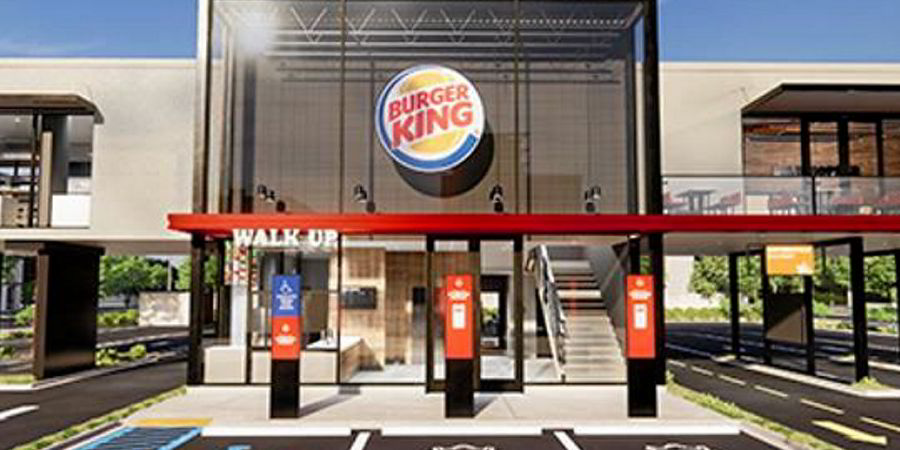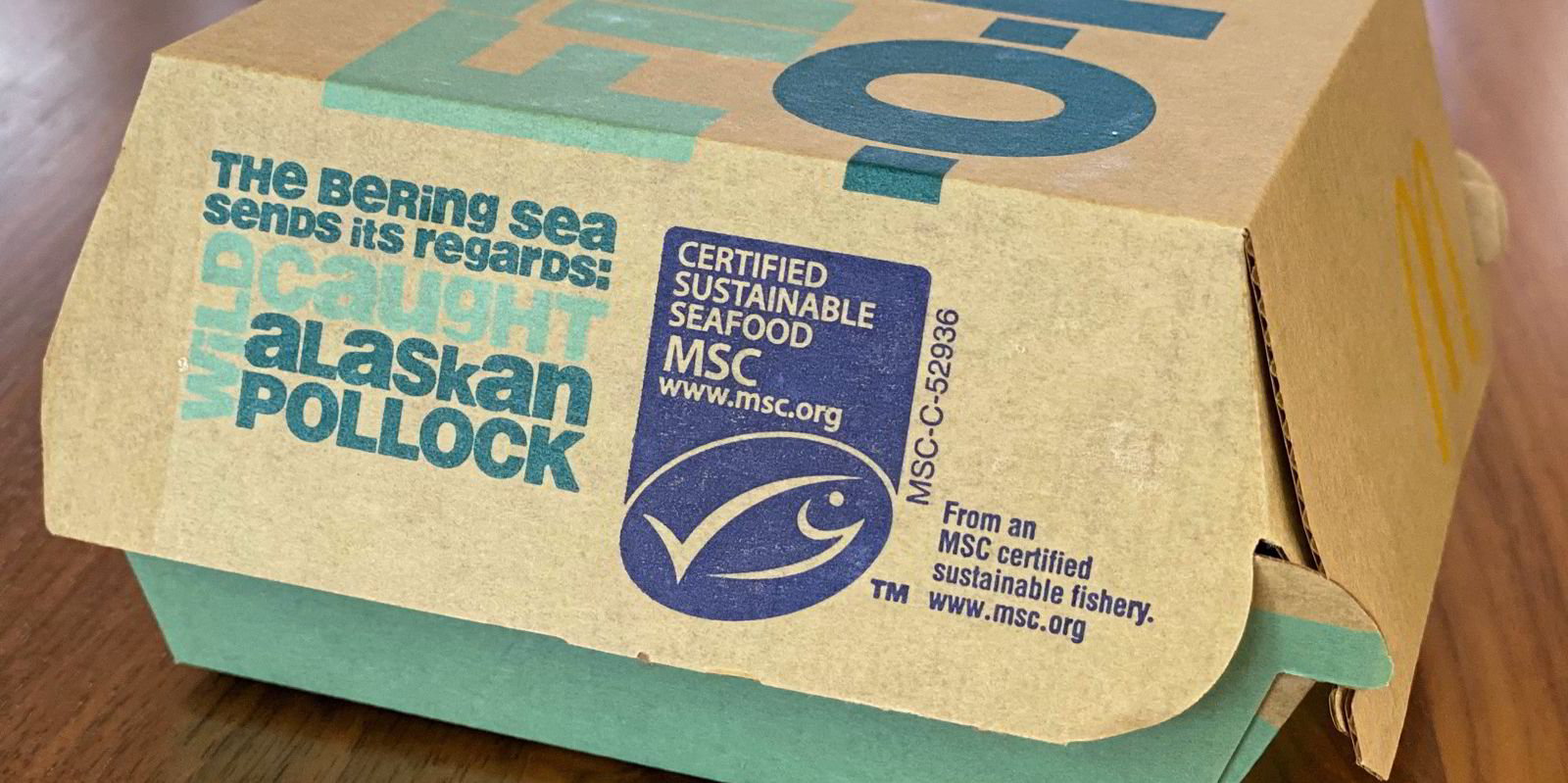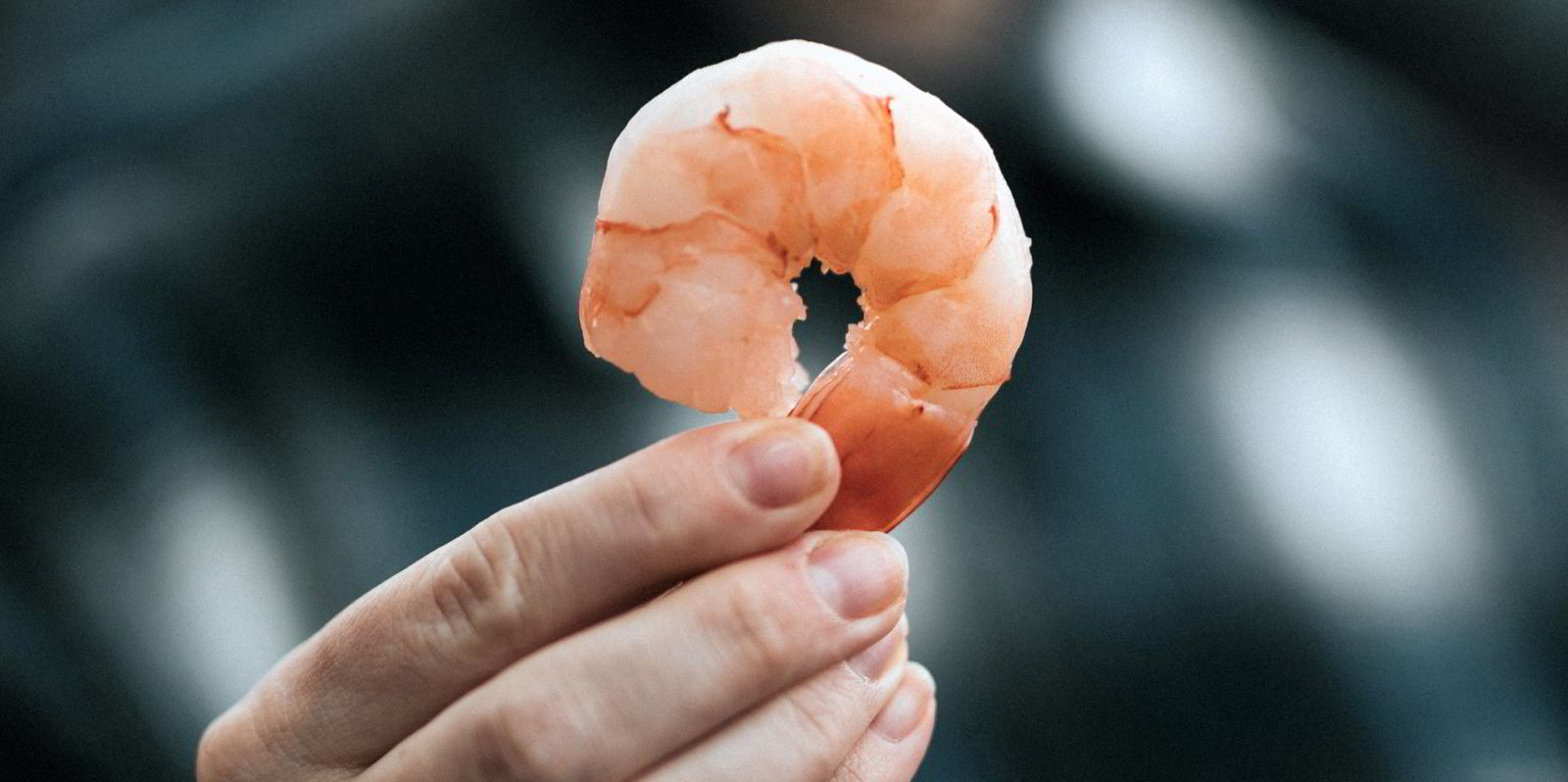White tablecloth and upscale casual dining establishments have long been home to menus rich with seafood options. But with the collapse of that segment of the foodservice sector because of COVID-19 and the likelihood that a recovery of fine-dining independent restaurants is several years off, seafood suppliers need to find new foodservice areas to build their business -- and off-premises dining might just offer the best opportunity.
“As off-premises dining continues to be a focal point of the foodservice industry and as dine-in continues struggle for a couple years, the seafood industry needs to determine how best to incorporate seafood into this new off-premises world,” said Wade Hanson of Chicago-based foodservice research firm Technomic.
The foodservice industry transformed since the pandemic started, said Hanson, to a business that is heavily reliant on off-premises, drive-thru, delivery and carry out.
“Fine dining doesn’t do that. It doesn’t fit their model and people aren’t willing to pay those price tags for a fine-dining meal that is going to be coming in cardboard packaging.”
There is a permanence to the transformation, said Hanson, pointing to prototypes of new restaurant designs that major limited-service restaurant chains are announcing.

“Most of the major chains have already shown models of what they’re starting to build, which is much smaller footprints; the dining area is shrunk down to a minimum; multiple drive-thru lanes; multiple lanes, some accommodating delivery drivers, some accommodating regular consumers; mobile-order lanes; carry-out parking spots."
"They’re using new technology to help them determine when a customer is actually arriving so they can have the order ready. Even full-service restaurants --you see these new prototype designs that have drive-thru lanes for full-service restaurants.” Dine-in will come back, he said, but it won’t be what it once was.
So, how can suppliers move more seafood onto fast-food and fast-casual menus? Restaurants are already trying to rationalize and adapt menus to off-premises dining trends.
“These operators, they don’t want to have multiple menus, and so they have to have a menu that works for both dine-in and off-premises,” said Hanson.
“So, they are re-envisioning what that menu looks like. What things travel well? What things hold well in carry-out packaging?”
Seafood has limited opportunities at fast-food but fast-casual offers promise in this post-COVID era, said Hanson.
“I do see a day when fast-casual could start to incorporate more seafood on menus, and fortunately that is a part of our business that has been an industry darling for a while, and it's primed to continue to do well," he said. "So, I do see an opportunity there to introduce more seafood.”
To remain relevant in the new world of off-premises restaurant dining, seafood will have to help consumers change some of their perspectives through better communication, education, and positioning.
“You’ve got a lot of consumer who don’t believe that seafood can hold temperature or maintain a proper texture through the carry-out, off-premise process," Hanson said.
"Through certain measures, including perhaps packaging innovations for seafood items, combined with communication to the consumer that seafood can be of high quality in an off-premise purchase, I think those are some of the steps that the industry has to take in order to make sure that not only we’re taking steps toward more seafood being available through off-premise means but that it is accepted by the consumer population as a viable alternative for purchase.”





